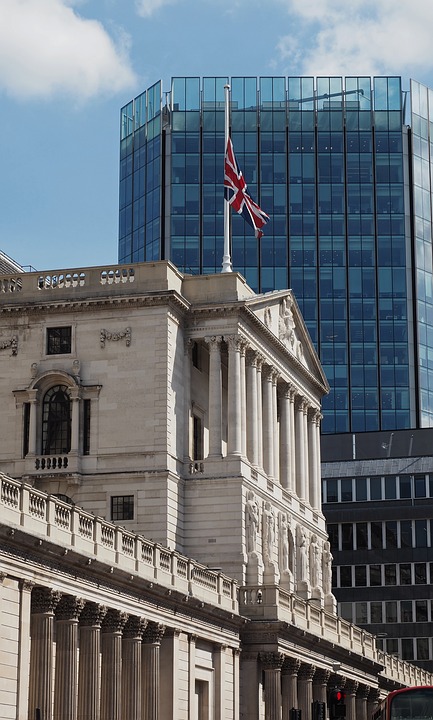A report by Zoopla has opened up a very interesting discussion about the number of properties in the UK worth £1 million or more. We know that the figure has increased from 625,077 properties up to 768,553 since August 2016. This is a significant increase of 22.95% and while London currently accounts for 430,720 homes worth £1 million or more that still leaves nearly 340,000 million pound properties spread across the rest of the UK.
Even though million pound properties only account for 2.7% of the U.K.’s housing stock it is certainly a headline grabbing statistic. However, is the picture still as rosy if we dig a little deeper?
REAL RETURNS
Since August 2016 inflation in the UK has been in the region 3.9% and there would appear to be yet more upward pressure in the short term, something reflected in recent stock market volatility. If we look at house price inflation, between the third quarter of 2016 and the end of 2017 average UK house prices increased by just 2.5% (Nationwide UK House Price Index). So, while the headlines suggesting more properties in the UK worth £1 million and above make for good reading, it would appear that over this period house prices have fallen in real terms.
It would be interesting to learn the average debt associated with a £1 million property especially in the current low interest rate/low cost of finance environment. Time will tell but there could be a significant backlash in due course as and when the cost of finance does finally increase significantly in the UK. How many of those who have stretched their finances to the limit to acquire a £1 million plus property will struggle to cover their mortgage payments as rates tick higher?
LONDON PROPERTY UNDER PRESSURE
We know that London is one of the weakest property markets in the UK at this moment in time with experts suggesting things will get worse before they get better. The impact of Brexit talks is difficult to predict with any great certainty but what we do know is the road to an agreement will be rocky. The fact that currency weakness recently increased the number of UK exports to Europe will no doubt be used as a stick by the European Union with which to beat the UK into submission.
There is also significant concern regarding the future relationship between the City of London and its European counterparts in the area of finance. Already we have seen many businesses shipping out of London with Ireland seen as a perfect location from which to access the fruits of the European financial markets. There is no doubt that many employees will also relocate to Ireland placing downward pressure on London property prices in the short to medium term. The expected fillip from a weaker currency has yet to emerge in the shape of improved foreign interest in London property – with Brexit perhaps a greater concern than the benefits of a weaker currency.
CONCLUSION
The way in which the UK property market is structured suggests that while there will be short-term bouts of downward pressure, in the event of a recession or major event such as Brexit, the long-term trend remains upwards. A lack of newbuilds, government financial assistance for first-time buyers, and abnormally low interest rates has fed the frenzy for stock market and property investment. The recent stock market “correction” has highlighted the turn in the interest rate cycle and the immediate challenge of an increase in inflation.
Will property markets wobble in the short to medium term as stock markets have?
Source: Property Forum





